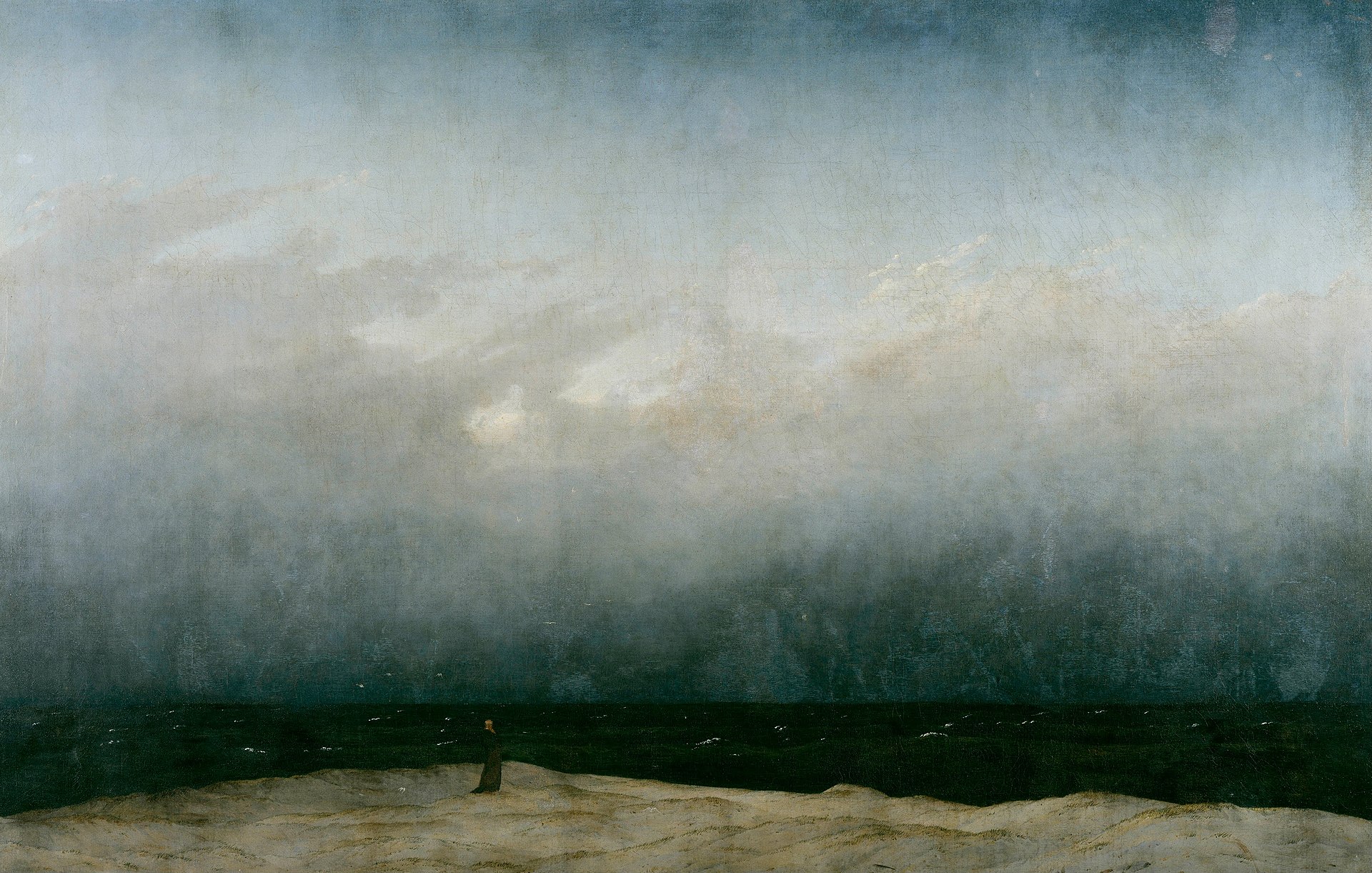Bridging Silence and Presence in Serezha Galkin’s Emptyism
by Carlo Borloni
Serezha Galkin's latest collection, Emptyism, emerges as a poignant meditation on the tension between presence and absence, subtly challenging the frenetic pace of today's overstimulated visual culture.
By embracing minimalism and escapism, Galkin crafts a body of work that speaks in whispers, allowing emptiness and the traces of what was, or might have been, to take center stage. In the process, he not only reinvents his own artistic trajectory but also situates himself within a larger historical dialogue, drawing parallels to masters who have explored similar themes of absence and the ephemeral.

Chrysanthemum, serezha
Parallels Across Time: Art as Memory and Reflection
In many ways, Galkin's Emptyism recalls the works of Giorgio Morandi, whose sparse still lifes transformed everyday objects into meditative landscapes. Like Morandi, Galkin's restrained visual language invites viewers to focus on subtleties, the faint shadow of an object, the mark of something that lingers just beyond visibility. While Morandi used bottles and bowls as proxies for existential reflection, Galkin opts for landscapes and spaces devoid of overt human presence, creating a similar sense of timeless introspection.

Mirage, serezha
An image that could accompany this section: A close-up of one of Galkin's works, highlighting a nearly erased trace on a minimalist landscape. This would visually echo Morandi's muted palette and restrained composition, drawing a direct connection between the two artists.
Another historical touchstone for Emptyism is the conceptual minimalism of Agnes Martin, whose grid-based works evoke a sense of quietude and repetition. Martin's ability to conjure depth and emotion through simplicity resonates with Galkin's approach of stripping away excess to reveal the profound. Just as Martin's paintings demand prolonged contemplation, Galkin's works reward the patient viewer with layers of meaning hidden in their seemingly barren spaces.

Agnes Martin, Untitled
The Digital Turn: Emptyism in Contemporary Context
Where Galkin diverges is in his engagement with technology, particularly his use of AI to create overpaintings and collages. Here, his practice intersects with movements like "glitch art," which deconstructs digital imagery to uncover beauty in error and imperfection. In Emptyism, AI serves as both a tool and a collaborator, distilling familiar scenes into unfamiliar abstractions. This echoes the avant-garde experiments of John Cage, who embraced chance and unpredictability in his compositions—a philosophy Galkin channels by allowing traces and marks to emerge organically through digital processes.

One laugh before the last one, serezha
Accompanying visual: A side-by-side comparison of an AI-generated work-in-progress and the final piece from Emptyism. This juxtaposition would illustrate Galkin's iterative process and the transformation from raw digital input to contemplative art object.
Absence as Narrative: Bridging Past and Future
A recurring theme in Galkin's work is the concept of absence as a form of presence—a paradox explored by many artists across history. Think of the desolate yet suggestive landscapes of Caspar David Friedrich, where figures are often dwarfed by vast, empty spaces. Friedrich's works, much like Galkin's, evoke a profound sense of displacement and possibility, asking viewers to imagine the stories that lie beyond the frame.

The Monk by the Sea, Caspar David Friedrich

777, serezha
A Contemporary Rosetta Stone
Galkin's vision of digital art as a historical record positions Emptyism within a lineage that includes traditional forms of documentation like Chinese landscape painting and Japanese woodblock prints. These art forms captured fleeting moments with precision and reverence, much like Galkin's minimalist approach to capturing "evidence of existence." By reinterpreting these traditions through a contemporary, digital lens, Galkin reimagines how art can serve as a future Rosetta Stone, preserving the now for generations to come.

Waterlilies, serezha

The Great Wave off Kanagawa, Katsushika Hokusai
The Emotional Landscape of Absence
In a hyper-connected yet paradoxically distant world, Emptyism resonates deeply with contemporary audiences. The subtle traces and marks in Galkin's work echo the fragmented connections of modern relationships, heartwarming in their intimacy yet tinged with the ache of distance. The collection becomes a mirror for the viewer's own experiences of longing, memory, and imagination, making Emptyism not just a visual journey but an emotional one.

Wind is a Giant, serezha
Sign up for our newsletter to keep up with the latest news from NINFA
Sign up for our newsletter to keep up with the latest news from NINFA
Write us at: info@ninfa.io, or click here if you need support
Copyright © 2025 Ninfa Labs - 12094240962 - All rights reserved

